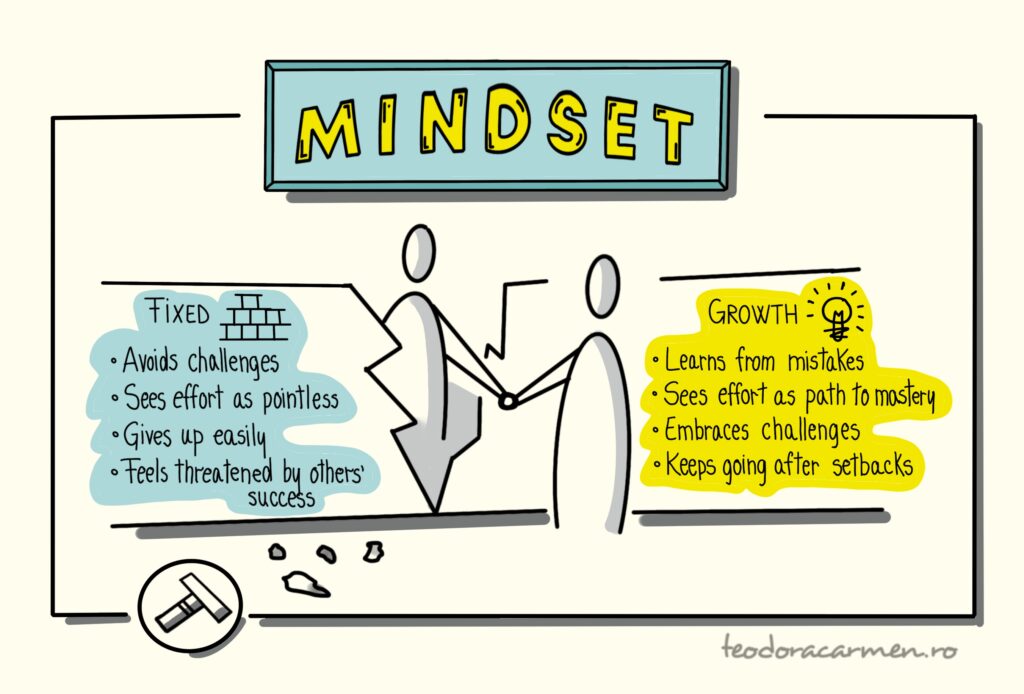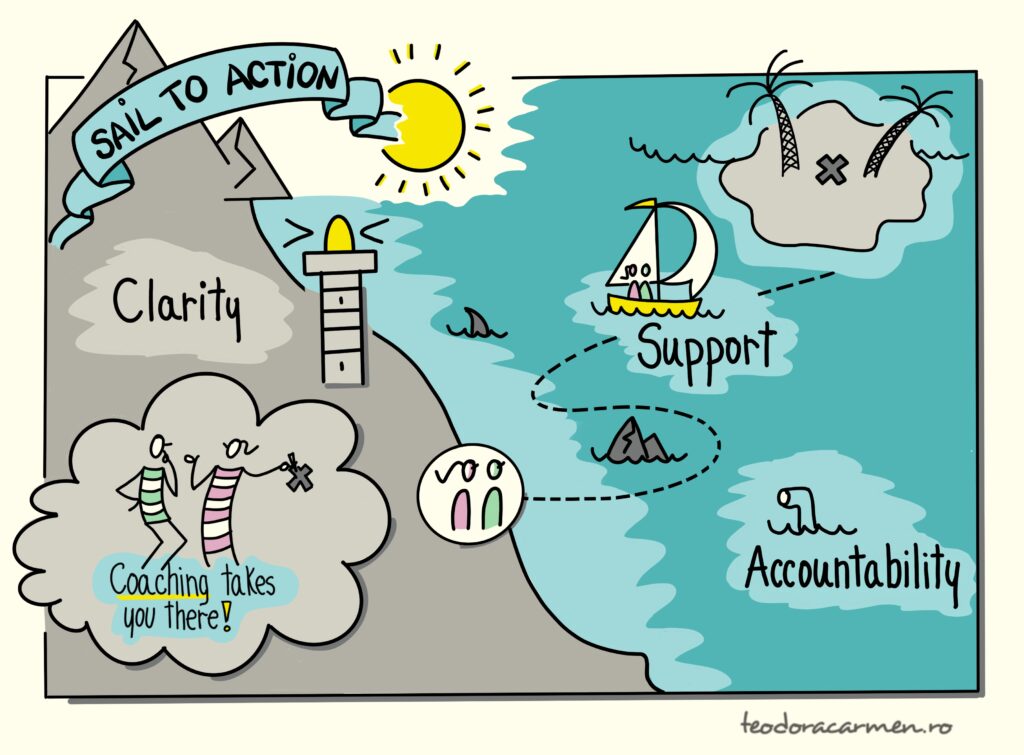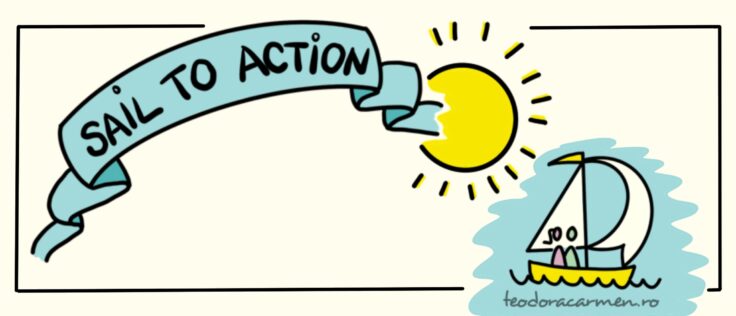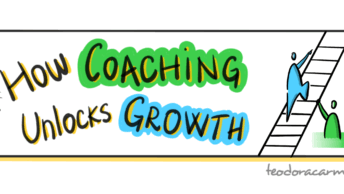Have you ever promised yourself you’d start running three times a week? Or that you’d finally sit down and learn that new skill you’ve been putting off? Maybe you even started strong – full of motivation, full of belief that this time will be different.
And then… life happened. The belief started to fade. The behavior didn’t stick. And you were left wondering: was the problem in the way you thought about it, or in what you actually did?
Let’s face it! Personal growth can feel overwhelming. On one side, you hear that it’s all about changing your mindset—believe in yourself, think positively, adopt a growth mentality. On the other side, you’re told it’s all about action – build habits, follow systems, change your routines.
So, what really works? Do we need to change the way we think, or the way we act?
The simple answer: both.
The long answer is a bit more complex.
A little bit of background…
Belief-first approaches became popular through ideas like Carol Dweck’s growth mindset. The idea is simple: if you believe you can improve, you’re more likely to keep trying when things get hard. And that’s true – mindset matters. Beliefs shape motivation, and they set the stage for resilience.

But here’s where things get tricky. Research shows that changing beliefs alone doesn’t always translate into real, lasting change. Someone might learn to say, “I can grow”, but without a structure to support that belief, it often fades when life gets messy. Beliefs open the door, but they don’t carry us through it.
Behavior-first approaches, on the other hand, focus less on what you think and more on what you actually do. Science is clearer here: small, repeated actions lead to measurable changes. When people set up routines, use accountability systems, or adjust their environment, their behavior shifts. And the fascinating thing? Over time, those behaviors start to influence beliefs. You begin to see yourself differently because you’re living differently. You don’t just think “I can grow” – you start to believe it, because you’ve proven it through your actions.
So what does this mean in practice?
It means the most effective path isn’t choosing between belief or behavior. The strongest and most sustainable growth happens when the two work together.
- Beliefs act like the spark. They make change feel possible and give you the courage to start.
- Behaviors are the engine. They keep you moving forward and create evidence that the belief is real.
When belief and behavior reinforce each other, something powerful happens: identity shifts. You stop seeing growth as something you’re chasing and start seeing it as part of who you are.
Where coaching comes in
This is exactly where coaching plays such an important role. Coaching isn’t just about inspiration – it’s about translation.
- On one hand, coaching helps uncover and reframe the beliefs that might be holding you back. Those little voices that say “I’m not good at this” or “I’ll never be able to” – a coach helps you challenge and reshape them.
- On the other hand, coaching is deeply practical. It’s about building the habits, systems, and structures that put those new beliefs into action. From accountability check-ins to designing daily routines, coaching turns ideas into behaviors you can stick with.
That’s the bridge: from inspiration to implementation, from thinking differently to living differently.

The bottom line
Belief alone is fragile. Behavior alone can feel mechanical. But together, they create real and lasting change.
The spark is belief.
The engine is behavior.
And coaching keeps them moving together, so that growth isn’t just something you dream about – it’s something you live, step by step.


